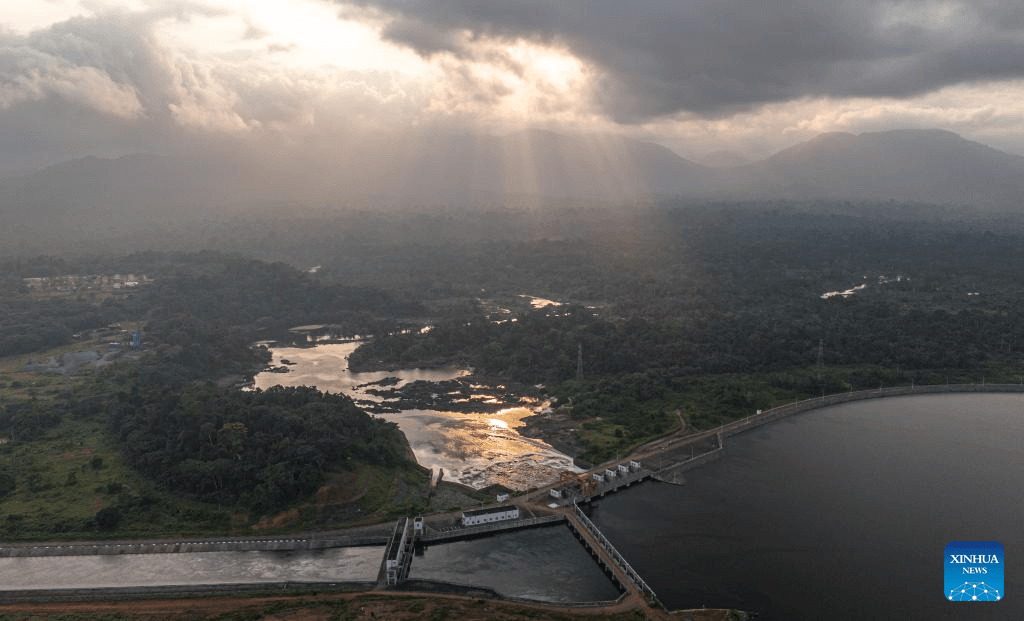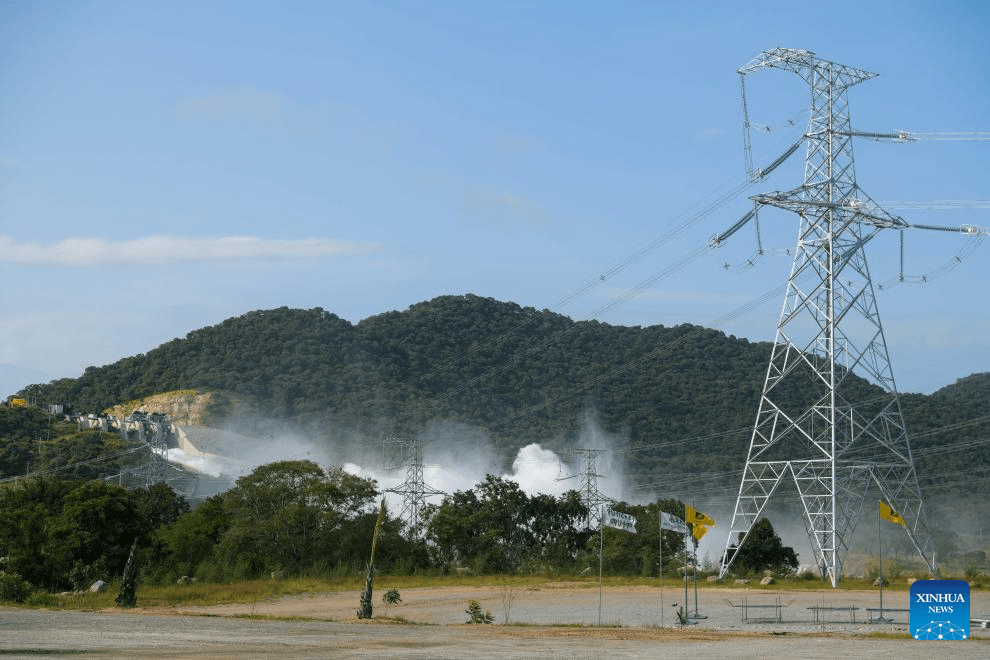When a downpour on parched earth is no blessing as it washes away emaciated cattle, topsoil and won't allow pasture to grow.
And the rainy season hasn't yet started.
A restocking programme is considered likely.
Rainfall is expected to increase this week after a dry spell that lasted more than seven days, a new forecast by the weatherman said.
The Meteorological Department had last week predicted suppressed rains for the first two weeks of April. But a revised update now shows most parts of the country will receive varying amounts of rainfall this week.
“Rainfall is likely to continue over several parts of the country,” Meteorological department director David Gikungu said.
Many places around Lake Victoria and Rift Valley highlands will have showers and thunderstorms with much of the rains falling at night.
Gikungu said the Mt Kenya highlands including Nairobi should expect showers over several places throughout the week.
The Coast will have afternoon showers over many places but the nights will be partly cloudy.
Rains in northeastern Kenya are also expected to continue this week.
The drought killed at least 2.4million livestock.
Livestock PS Harry Kimtai said more cattle have died after the rains came.
“In areas like in Marsabit county a large number of livestock deaths have been reported due to flooding. The rains have come heavily and they are destroying livestock,” Kimtai said.
“Those animals that were weak and emaciated during the drought period are being swept away by the rains. We are going to put in place interventions to sustain the livelihoods of our farmers and pastoralists.”
He said the government is undertaking interventions to enhance the safety of Kenyans and there will be a restocking programme to support those who have lost their livelihoods through drought.
“We are going to see how those who have been affected can be supported with restocking so that they are able to produce more. We have not decided on this but this will be the next step," Kimtai said.
"We are monitoring the situation to see how the rains are performing and then see how we can support our farmers to do restocking.”
According to the March-April-May weather outlook by the Kenya Meteorological Department, the projected low rainfall combined with above-average temperatures may have a negative impact on pasture regeneration, particularly in ASAL areas.
“Thus, recovery from the effects of the current drought is unlikely over most areas. Consequently, the existing pasture and browse scarcity as well as poor animal body condition might persist," the outlook indicated.
It said there may also be increased livestock mortality rates in pastoral areas as a result of reduced grazing pastures and water shortages.
In addition to providing feed supplements to the remaining livestock, Met urged authorities to provide drought-resistant and fast-maturing grass and pasture seeds to communities in the affected areas.
Kimtai said the government has put in place a strategy to ensure that the milk produced is stored well to guarantee that demand is met.
“Some funds have been set aside through the New KCC so that if there is overproduction of milk, then we will be able to off-take and turn it into powder and preserve it for future use because we do not know if we are going to have drought again,” he said.
The PS said the ongoing KALRO scientific conference and exhibition will also be looking at technologies aimed at reducing post-harvest losses.
“At times we have good rains and we overproduce hence the need to preserve the surplus,” Kimtai said.
He said the government is going to support dairy farmers with 650 coolers so they can continue supplying to the processors without milk wastage.
“So far we have distributed about 350 milk coolers across the county and an additional 650 will be distributed to farmers through the dairy cooperatives,” he added.
(Edited by V. Graham)












